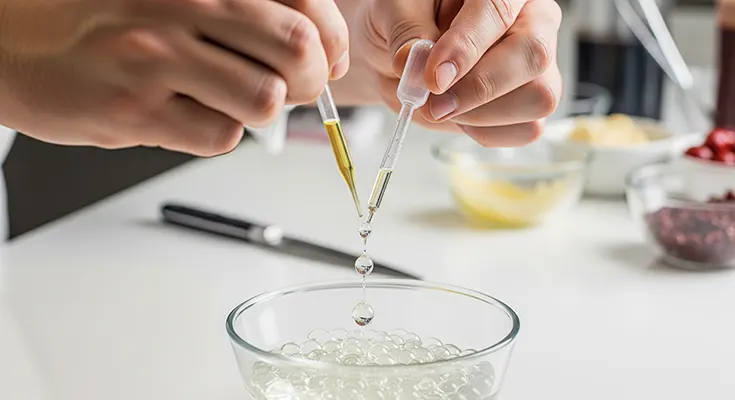
Beyond the Recipe: The Science Behind Evidence-Based Cooking Techniques
For centuries, cooking has been viewed as an art form—a blend of intuition, tradition, and a dash of personal flair. But a growing movement is proving that cooking is also a science, and by understanding the evidence-based principles behind our culinary techniques, we can achieve not only better flavor and texture but also a healthier and more nutritious meal. Evidence-based cooking is a discipline that applies scientific research on food chemistry, nutrition, and food safety to everyday cooking practices. It’s about moving beyond simply following a recipe and understanding the “why” behind what we do.
1. Precision in Cooking: The Key to Nutrient Preservation
Traditional cooking methods, like boiling or deep-frying, can lead to a significant loss of nutrients. Water-soluble vitamins (like Vitamin C and the B vitamins) can leach into boiling water and be poured down the drain. Overcooking vegetables can also destroy heat-sensitive vitamins and antioxidants.
- Evidence-Based Solution:


